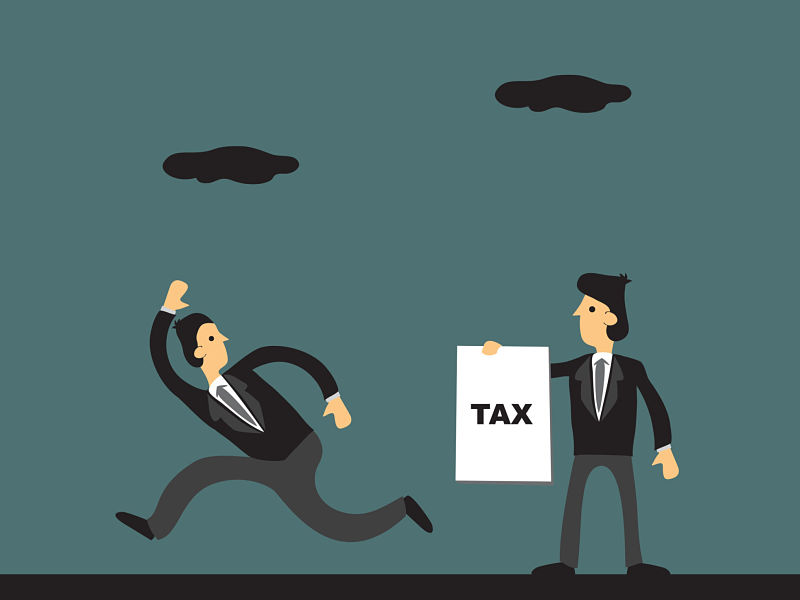
With the recent rise in interest rates, it’s no surprise that the prescribed interest rate will rise to 3% for the fourth quarter of 2022. This rate increase will have a variety of implications for our clients, especially for those who owe money to the Canada Revenue Agency (CRA). Indeed, most clients probably shouldn’t be investing if they have a CRA debt. I’ll explain why, but let’s first review what, exactly, is meant by the prescribed rate.
The prescribed rate is set quarterly and is tied directly to the yield on Government of Canada three-month Treasury Bills, with a lag. The calculation is based on a formula in the Income Tax Regulations, which takes the simple average of three-month Treasury Bills for the first month of the preceding quarter rounded up to the next highest whole percentage point (if not already a whole number).
To calculate the rate for the upcoming quarter (Oct. 1 through Dec. 31, 2022), we look at the first month of the current quarter (July) and take the average of the three-month T-Bill yields, which were 2.1962% (July 7, 2022) and 2.6959% (July 21, 2022). That average is 2.44605% and when rounded up to the nearest whole percentage point, we get 3% for the new prescribed rate for the fourth quarter of 2022.
This upcoming increase marks the second time the prescribed rate has gone up since the previous historic low of 1% between July 1, 2020, and June 30, 2022.
In reality, there are actually three prescribed rates: the base rate, the rate paid for tax refunds, and the rate charged for taxes owing. The base rate, which is increasing to 3% on Oct. 1, applies to taxable benefits for employees and shareholders, low-interest loans and other related-party transactions. The rate for tax refunds is two percentage points higher than the base rate, meaning that if the CRA owes taxpayers money, it will start paying interest at 5% come Oct. 1. If, on the other hand, your client owes the CRA money, that rate is four percentage points higher than the base rate. This puts the interest rate which applies to all tax debts; penalties; insufficient instalments; and unpaid income tax, Canada Pension Plan contributions and Employment Insurance premiums at a whopping 7%, starting on Oct. 1.
This looming 7% CRA prescribed rate is high and, to make matters worse, interest charged on tax amounts owing is not tax deductible. For a client in a top tax bracket of, say, 54%, that means they’d have to find an investment that earns a guaranteed pre-tax rate of return exceeding 15% to be better off than paying down their tax debt!
So, the advice is simple: clients who owe the CRA money would be best advised to pay up as soon as possible. They should be encouraged to do so even if the tax amount is in dispute and they plan to formally object and even take the matter to court. If they’re ultimately successful, they’ll be entitled to (taxable) refund interest at 5% (from Oct. 1). And if not, at least they’ll save hundreds, if not thousands, of dollars in non-deductible interest.
The increase in the prescribed rate, of course, is also relevant for those contemplating a prescribed rate loan strategy to split investment income with a spouse, common-law partner or the kids or grandkids. This has been discussed most recently in my article income splitting with prescribed rate loans.
Jamie Golombek, CPA, CA, CFP, CLU, TEP, is the Managing Director, Tax & Estate Planning with CIBC Private Wealth in Toronto.
